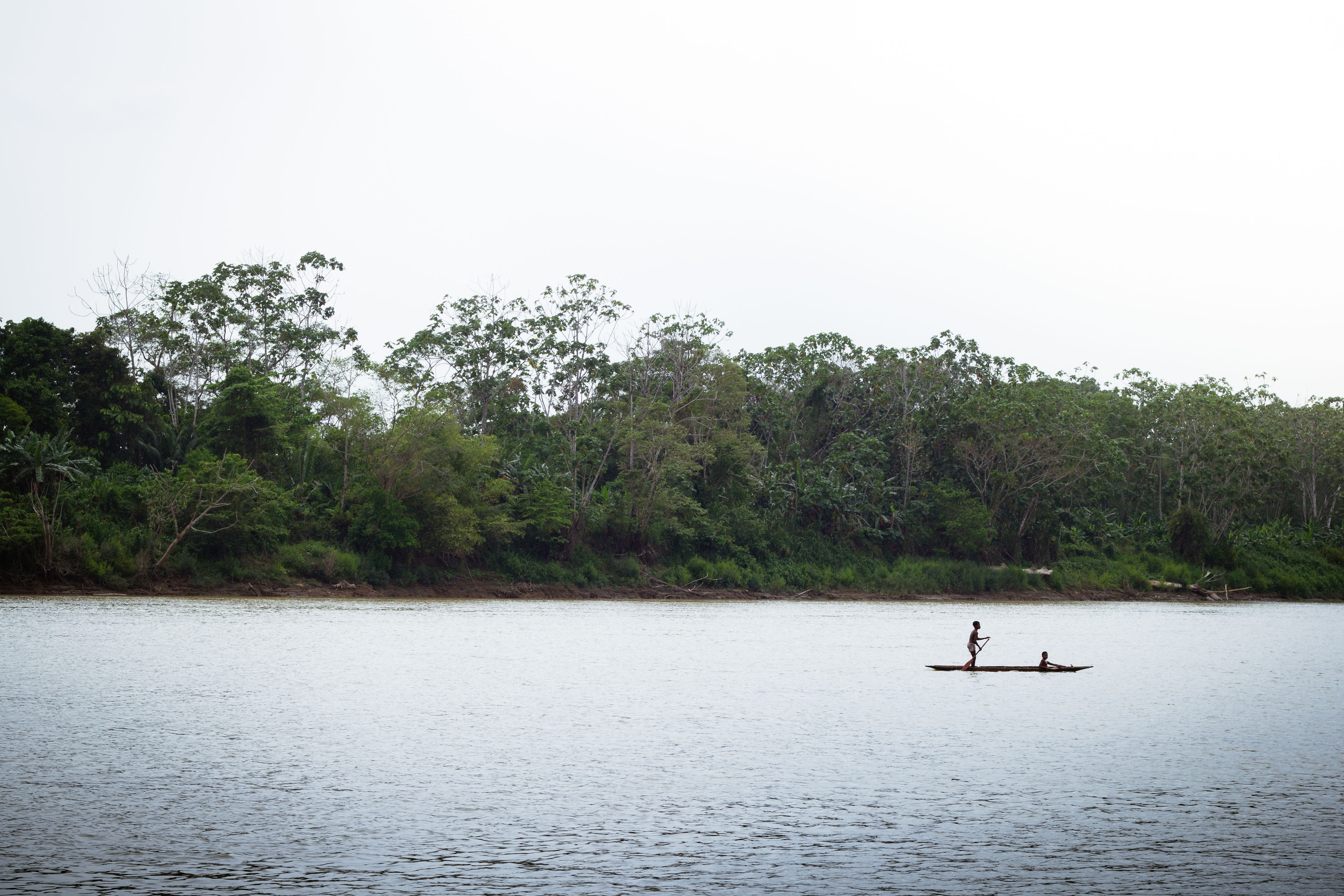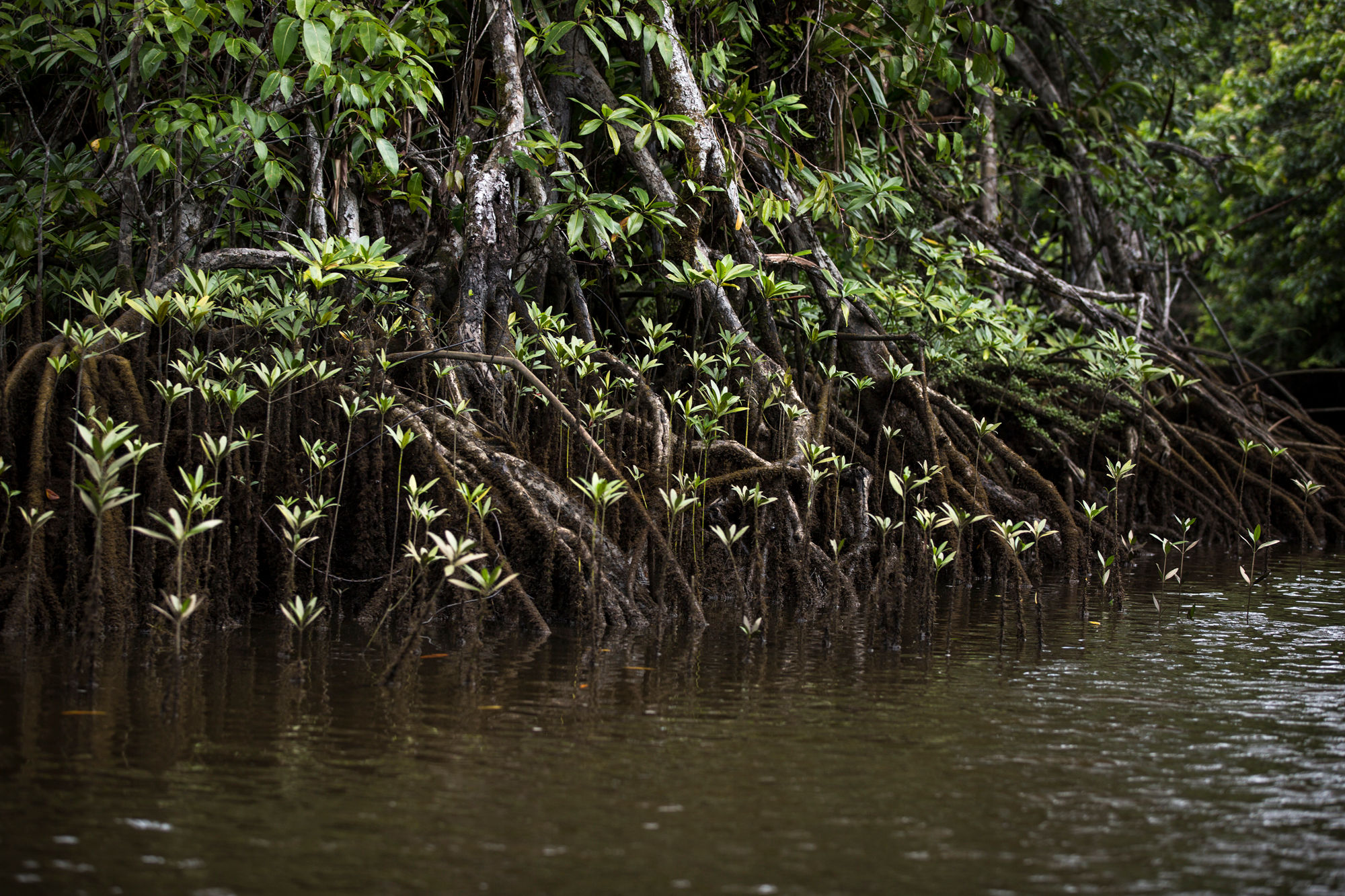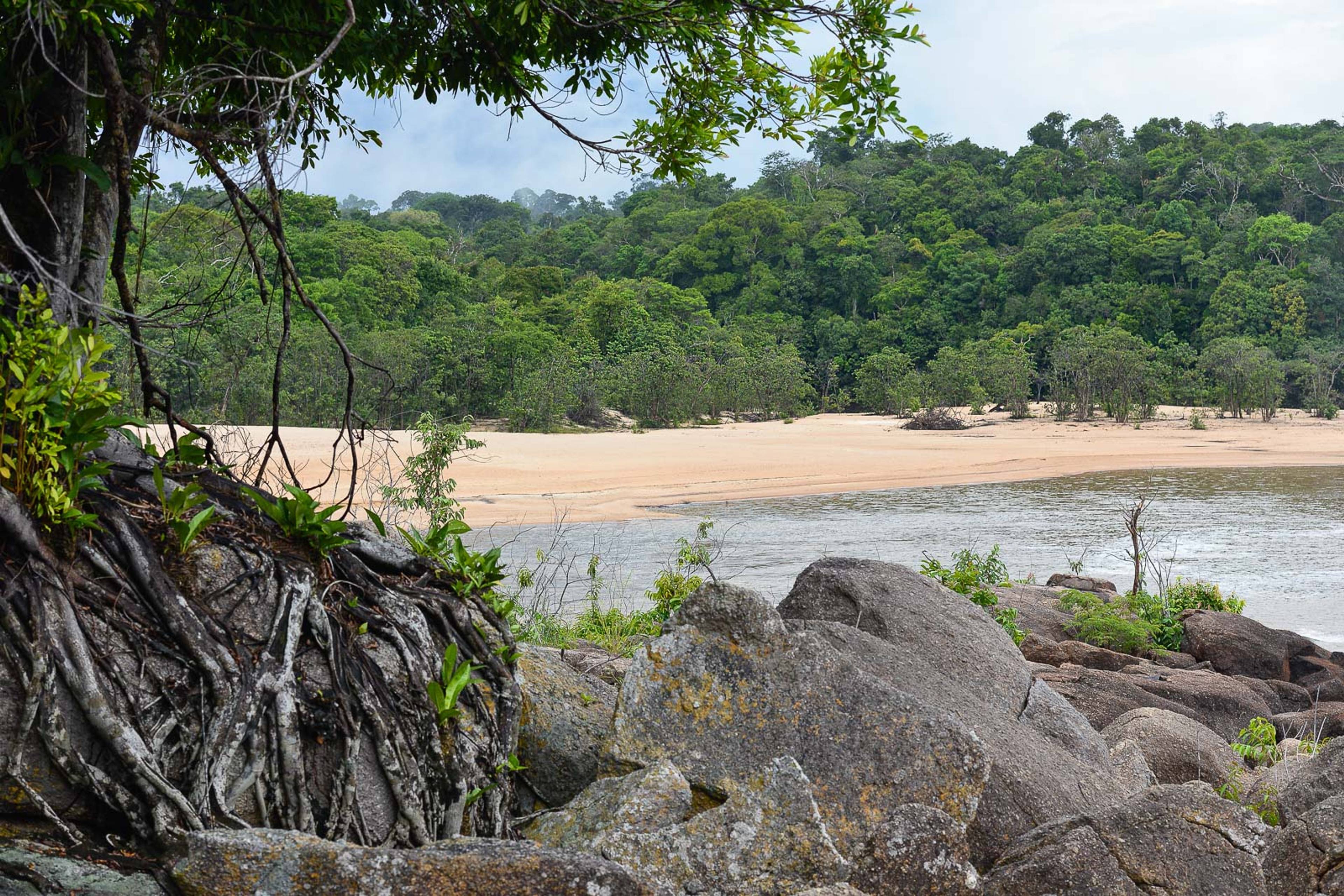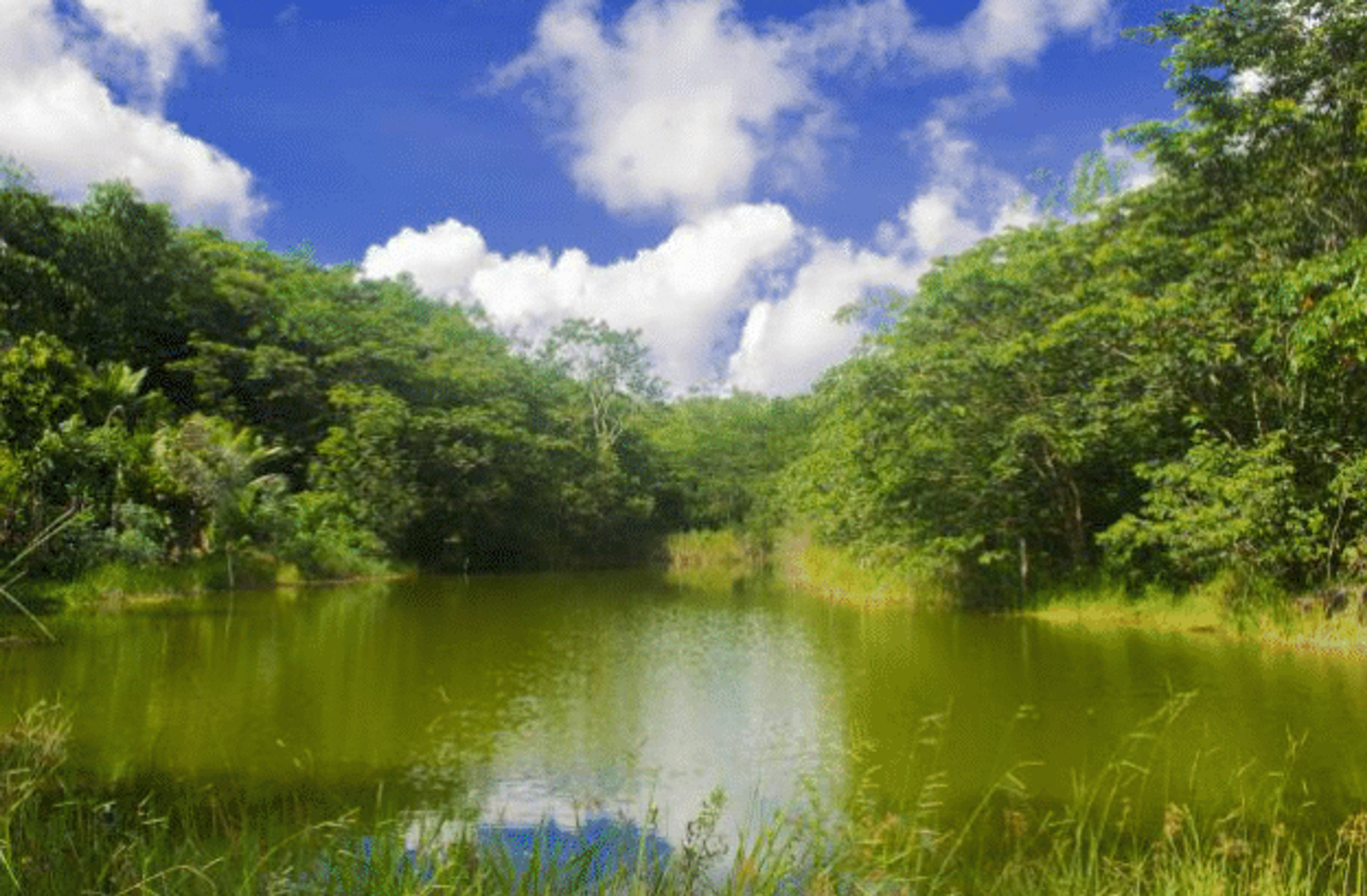Fostering sustainable development in one of Colombia’s poorest & most conflict-ridden areas
As a whole, the people in this region are in the process of recovering their lands after decades of violence and internal displacement. Loggers are still exploiting the region’s wealth of natural resources and residents’ lives are under imminent threat due to conflict as well as this external pressure to exploit the land. Locals formed a Community Council that is self-governing with its own customs, traditions, and Annual Operating Plan protected by the constitution in order to create this project and actively direct how revenues are used.
These brave communities refuse to stay silent and instead now leverage carbon credits to protect their forests and develop sustainable alternatives to logging.
50%
of total forest cover loss across Colombia is due to mining in Chocó.
6.1%
of the total Colombian deforestation rate comes from Chocó.

Families live close to or on the water for easy access to fishing. Rivers and other bodies of water enable transport for the community living in the remote Carmen del Darién area. (Photo Credit: Sixzero Media)










